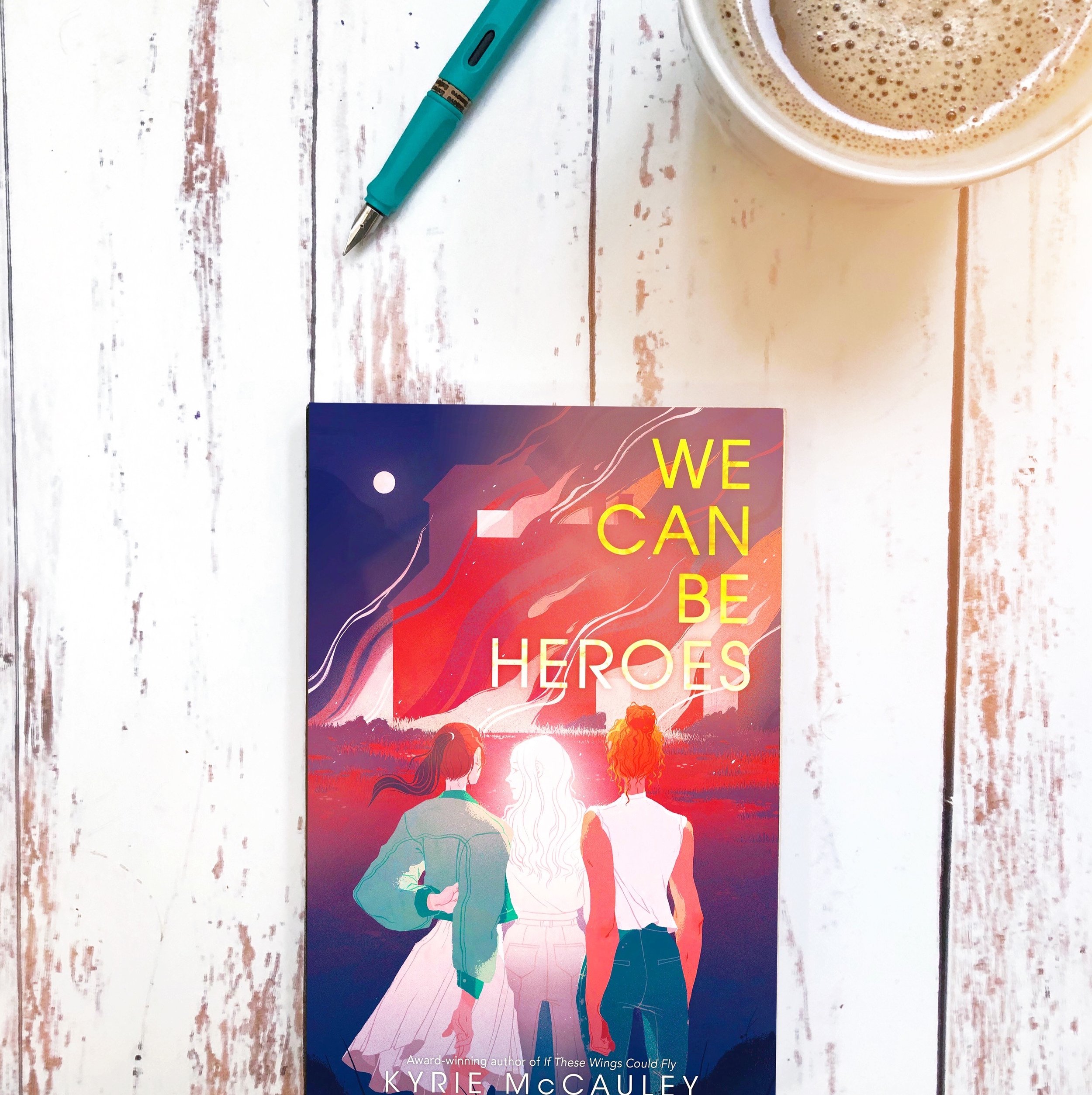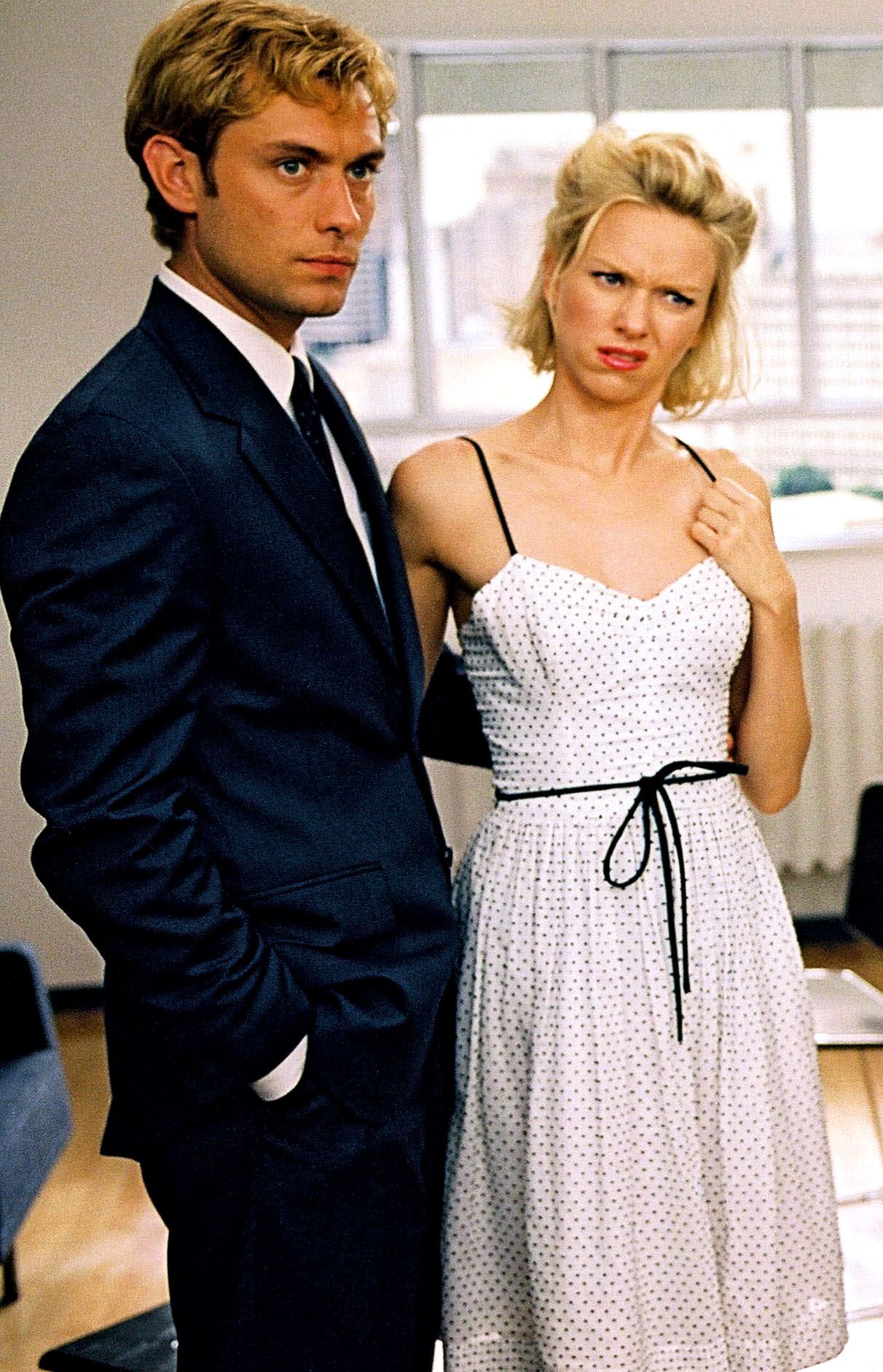Our High School Curriculum: Year Two Is Available to Pre-Order Now (And Year One Is Back in Stock!)
And if you pre-order it, you can save about 20%: Through August, the print cost for Year Two is $775 (regularly $995) and the digital cost for Year Two is $350 (regularly $450). You don’t need a coupon — the discount will be automatically applied.
And I think it’s even better than Year One, thanks in no small part to the fabulous team of students who test-drove Year One this past year. I have loved hearing from folks every week about how things are going, nerding out about books together, and getting to read some of their awesome work. It has been a real pleasure! And as a bonus, they’ve given me tons of feedback about how the curriculum plays out in a real-life homeschool, so I’ve been able to make some tweaks to make Year Two even better.
One of the tweaks is maybe more of a big change than a little tweak: As you can see from the lovely picture above, for Year Two I’ve written several books to go along with the Year Two curriculum. I struggled to find the right spines for classes like history and science — so, in classic homeschooler fashion, I ended up writing them myself. I’ve also edited separate readers for literature, philosophy, and government (in Year One, readings are included in the lesson guides) so that you can more comfortably read them in bed or the hammock.
Another tweak is that we’ve upgraded from audio to video lectures for Year Two. One of the nicest pieces of feedback I got from the folks who used Year One was that they loved the lectures that came with each class, so I’ve been making videos for Year Two. (Don’t worry, you hardly have to look at me at all! But I still make random Buffy references and default to feminine pronouns.) I think for things like Latin and chemistry, you’ll really love the visual component — but you can download just the audio if you prefer your lectures podcast-style.
Just like last year, you can choose between the print edition and a digital edition. The curriculum ships in August, and both curricula will be on sale until shipments start.
So what’s actually in our Year Two curriculum? I’m so glad you asked! Year Two is our U.S. history year, which means we’re focusing on the United States — history, literature, and government.
What’s included:
This 28-week curriculum contains everything but math.
Philosophy
After a year of grounding ourselves in critical thinking, we’re ready to tackle some real philosophy! We’ll start easy with Transcendentalism, arguably the most American philosophy and one that’s very accessible. In the second half of the year, we’ll turn to ethics, considering Aristotle, Kant, Mill, and care ethics.
Philosophy primary source reader (edited by HSL)
Philosophy student guide (with weekly lessons and assignments)
Philosophy lectures channel (this year with video!)
U.S. History
I feel like by high school most of us know the basics of U.S. history, so I’ve chosen to focus on the lives that often get left out of history books: immigrants, women, people of color, LGBTQ people. I’ve tried to tell the story of the United States through their stories, and I hope I’ve done them justice. And, of course, we continue to emphasize primary sources.
The Colorful, Queer, Feminist, Immigrant Lives That Helped Shape the United States by Amy Sharony
History student guide (with weekly lessons, assignments, and primary source readings — see a sample)
History lectures channel (this year with video!)
Literature and Composition
We’ll explore “American literature” through a series of focused studies, including American Gothic literature, The Awakening, the Harlem Renaissance, American poetry, and We Have Always Lived in the Castle. We’ll be writing a mix of critical and personal essays about literature.
Literature reader (edited by HSL)
Literature student guide (with weekly lessons, assignments, and critical considerations — see a sample)
Composition student guide (with assignments and rubrics)
Literature lectures channel (this year with video!)
Chemistry
Our textbook-based biology last year was fine, but I think we can do better. Chemistry is fascinating, full of compelling people and wacky elements (there’s a Poisoner’s Corridor in the periodic table!), and there wasn’t really a book that managed to cover the basics of chemistry while also giving plenty of room to the stories that make it interesting. I hope this book fills the gap — I certainly had a great time writing it and working with a couple of super-smart chemists on balancing information and fun and making sure we had really good labs.
Chemistry for People Who Would Rather Be Reading by Amy Sharony
Chemistry Lab Manual
Chemistry student guide (with weekly lessons and assignments — see a sample)
Chemistry lessons channel (this year with video!)
U.S. Government and Politics
It only makes sense to cover U.S. government and politics during our U.S. history year. We’ll spend about half this class taking a close look at the Constitution, including elections and the branches of government, and the other half exploring some of the most significant U.S. Supreme Court cases.
The Annotated Constitution of the United States (edited by HSL)
Major Supreme Court Cases (edited by HSL)
U.S. Government and Politics student guide (with weekly lessons, assignments, and primary source readings)
Government lectures channel (this year with video!)
Latin IB
We’ll continue with Ecce Romani, learning more vocabulary and more complex grammar. I’ve also added more individual grammar lessons with videos because I hear you: You want more grammar!
Latin student guide (with weekly lessons and assignments — see a sample)
Latin lessons channel (this year with video!)
Student Guide
The student guide is part inspirational manual, part goal-setting tool, and part weekly planner. (See a sample.)
Contracts, annual goals, and semester goals
Grade matrix options and tracking for each subject
Annual, monthly, and weekly schedule suggestions
Parents Guide
Midterm and final exams with answer keys
Suggestions for counting units and course descriptions
Online Support
I am available online for a live chat every week in our curriculum Facebook group to answer questions and offer whatever other support you need.
You will need: (This is the stuff you’ll need that is NOT included in the curriculum.)
The Awakening
We Have Always Lived in the Castle
Ecce Romani 1 and 2 (if you don’t already have it from last year)
Supplies for chemistry labs (listed in lab manual)
whatever you’re doing for math
Questions You Might Have
If I don’t tackle your question here, please feel free to ask!
What if we want to jump right into Year Two without doing Year One?
You can, of course — I am not the boss of you! The challenge you might run into is that some of the critical reading and writing you’ll be doing in Year Two builds on skills you learned in Year One, like annotating as you read, self-editing your essays, using the toolkit, etc. You could certainly learn these things as you go, but you’ll miss out on the structured development of these skills.
Can I buy Year One?
Yes! It’s on sale again now, too. (It will ship in August, too, so I can do all my box-packing / emailing in one big push.)
Can I buy just one piece of the curriculum?
Not yet — sorry! It is a goal for down the road, but right now, it makes sense for us to keep the curriculum as a bundle. (I am teaching a couple of online classes this fall at the Academy based on this curriculum, including history and literature, so keep an eye out for those if you’re looking for just one class.)
How does this translate to credits on our transcript?
As a general guide, I recommend:
1.0 History
1.0 Literature: Main Literature (0.75) + Composition (0.25)
1.0 Latin
1.0 Philosophy
1.5 Chemistry (with Lab)
0.5 U.S. Government and Politics
But I’m happy to chat specifics with you if you run into questions!
How much parent support is required?
The curriculum is written for the student, so it’s designed for students to work through on their own. I’ve included step-by-step strategies for close reading, critical thinking, making connections, and analyzing information as well as tools for self-evaluation with the idea that students will get better at these things over the course of the year — there’s a lot of skill-building integrated into the program. You know best what your student needs, but an on-level high school student should be able to use this curriculum largely independently.
How do I grade this?
For each subject, I’ve included a grade matrix, which students can use to plot their own version of academic success. Each grade matrix includes a recommended number of points to indicate a level of academic success: students can opt to pass the class, work to earn an A, or aspire to an honors-level A based on their own goals for that particular subject. The grade matrix includes a broad range of output activities, from taking notes and completing annotated readings to writing papers and projects with lots of different options in each category. Aside from a few required items, students can combine projects and activities to create their own assessment framework. Output options include midterm and final exams for each subject.
What do the rest of the years look like?
We’re building this curriculum as we go, so some of the specifics might change as our weekly plans actually start to come together. But the broad outline for the next three years is set as follows and will remain the same, even if specific readings change:
Year Three: Asian and African History includes:
Humanities: History, literature, and philosophy of China, Japan, India, and non-Egypt Africa
Composition: Synthesis essays (explanatory and argumentative); creative writing
Philosophy: Confucius/Daoism/Chuang-Tzu
Science: Physics (with Labs), includes history-related primary source readings
Latin 2
Year Four: The Classical World includes:
Humanities: History, literature, and philosophy of ancient Greece and Rome
Composition: Scientific writing; persuasive essays
Philosophy: Plato/Lucretius
Science: Astronomy (with Labs), includes history-related primary source readings
Latin 3
Supplements: World Religions; The Epic of Gilgamesh
Other things you might want to note:
This curriculum was designed to cover two 14-week semesters, for a total of 28 weeks of structured academic time. Because of the short time span, it’s a very focused, rigorous curriculum — you could definitely slow down and spread it across more time if you wanted to.
This is a reading- and writing-intensive curriculum. While you could definitely modify it to make it less so, critical reading and writing are such essential parts of it that if you hate those things, this curriculum might not be the best fit for you.
All of the information in this curriculum was reviewed by and created by or in close collaboration with people with advanced degrees in the subject area.
This is a secular curriculum.
This sample does not include complete lessons and is only a sample — the completed curriculum may differ from what you see here.















Three action-packed YA novels that might just scratch your homeschool reading sweet spot.